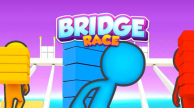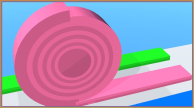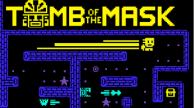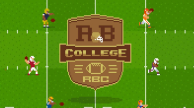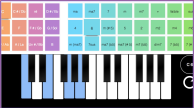
City Blocks is a popular puzzle game where the objective is to strategically place different-shaped blocks on a grid to create complete rows and columns. As the rows and columns are completed, they disappear, making room for new blocks to fall.
Here's a basic overview of how the game works:
Grid: The game is played on a grid, usually square-shaped, which can vary in size. The grid is initially empty.
Blocks: Different-shaped blocks, often resembling Tetris pieces, are provided to the player one at a time. Each block consists of multiple squares.
Placement: The player must strategically place the blocks on the grid to create complete rows and columns. The blocks can be rotated or flipped to fit into the available space.
Completing Rows and Columns: When a row or column is completely filled with blocks, it disappears from the grid, creating more space for new blocks.
Scoring: Players earn points for each row or column they complete. The more rows or columns cleared simultaneously, the higher the score.
Difficulty and Speed: As the game progresses, the blocks usually fall at an increasing speed, making it more challenging to fit them into the desired positions.
Game Over: The game continues until the grid fills up, and there is no space left to place new blocks. At that point, the game is over, and the player's final score is displayed.
City Blocks, like many puzzle games, offers an addictive and challenging experience that tests your spatial awareness and strategic thinking. The goal is to achieve the highest score possible by efficiently clearing rows and columns as the blocks keep falling.
Using Mouse




